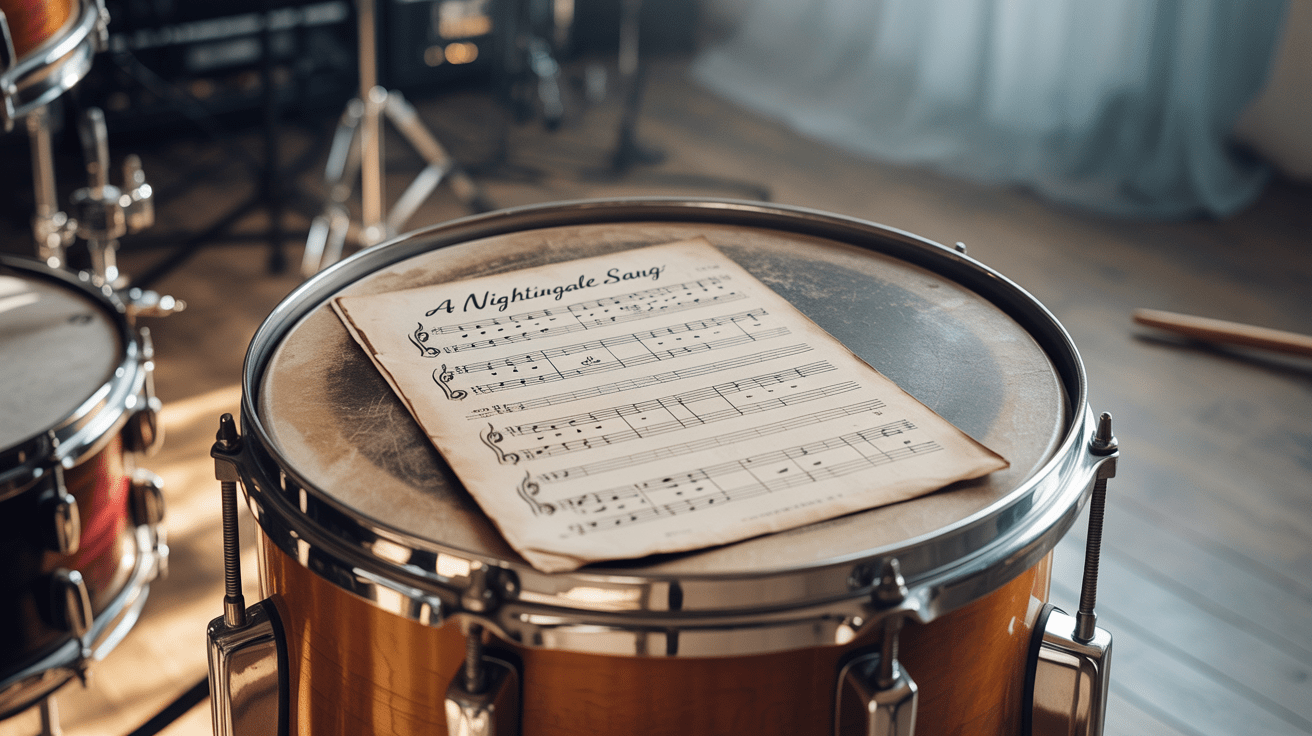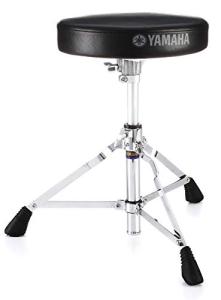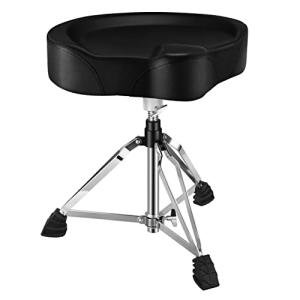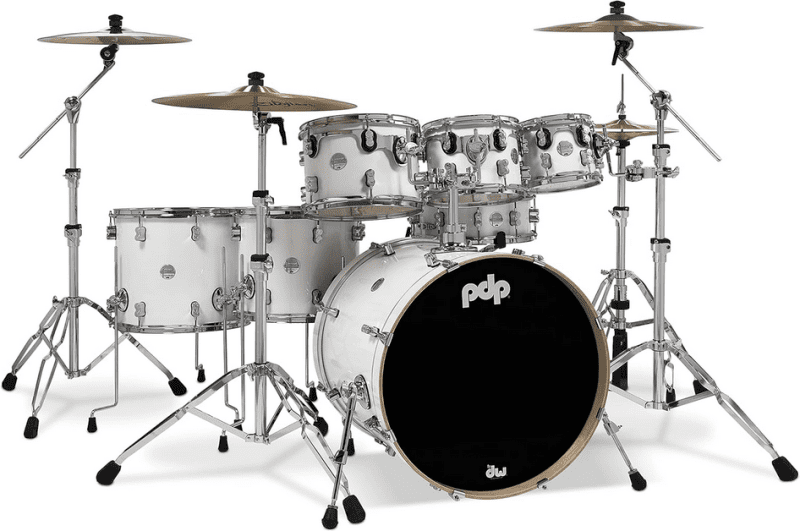A Complete Guide to Reading Drum Sheet Music
Have you ever been mesmerized by the rhythmic beats of a drum set and wondered how drummers are able to read and play those complex patterns effortlessly? Well, you're not alone. Understanding drum sheet music can seem like a daunting task, especially for beginners. But fear not! In this comprehensive guide, we will break down the art of reading drum sheet music step by step, helping you unlock the rhythmic language of the drums.
Whether you're a beginner drummer who wants to take your skills to the next level or a seasoned musician looking to expand your repertoire, this guide is perfect for you. We'll start with the basics, introducing you to the different symbols and notations used in drum sheet music. From there, we'll dive deeper into understanding time signatures, note values, and dynamics, providing you with the tools you need to accurately read and interpret drum sheet music.
So, get ready to embark on a musical journey as we unlock the rhythm together. By the end of this guide, you'll be well-equipped to read drum sheet music with confidence and bring your drumming skills to new heights. Let's get started!
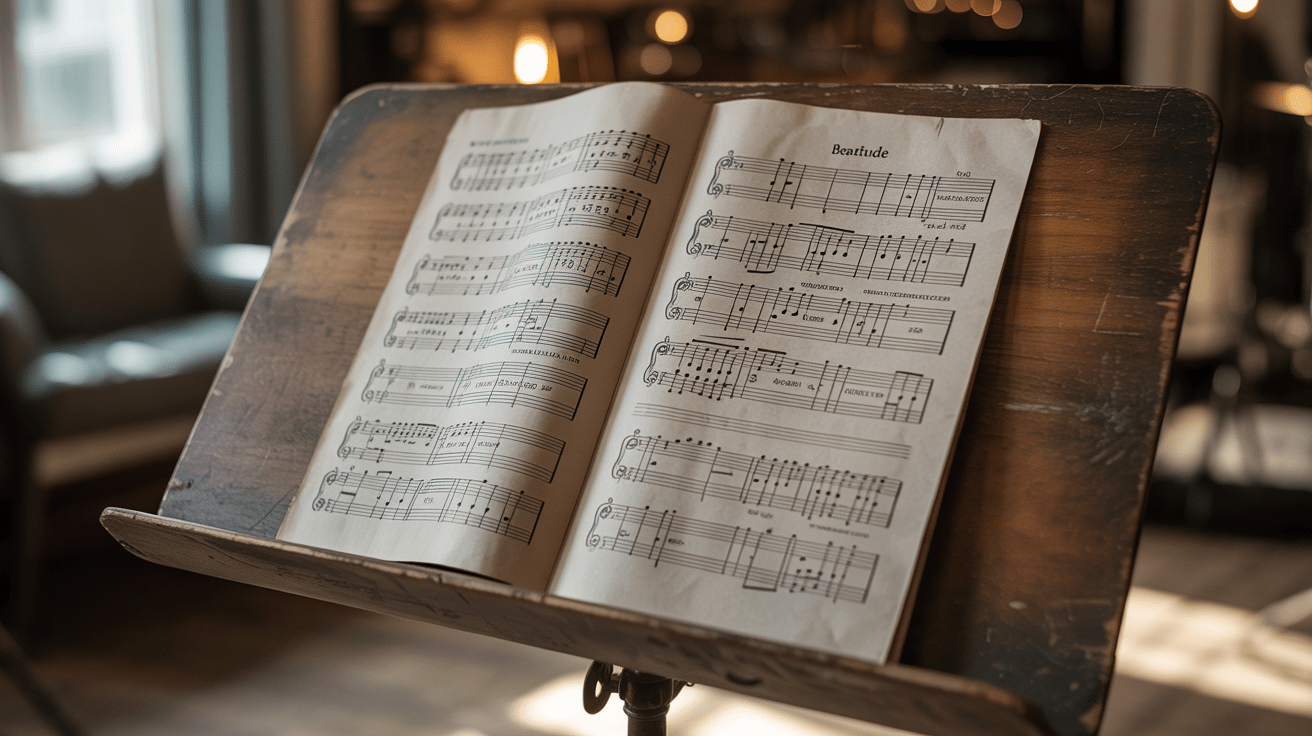 Understanding the components of drum sheet music
Understanding the components of drum sheet music
Drum sheet music is a visual representation of the rhythmic patterns and techniques that drummers use to create their unique beats. At its core, drum sheet music is composed of various symbols, notations, and markings that convey specific instructions to the drummer. Understanding these components is the foundation for unlocking the rhythm and mastering the art of reading drum sheet music.
The most fundamental element of drum sheet music is the staff. The drum staff consists of five horizontal lines and four spaces, similar to the staff used in traditional music notation. However, unlike the staff used for melodic instruments, the drum staff does not represent pitch. Instead, each line and space corresponds to a specific drum or percussion instrument within the drum set.
Another crucial component of drum sheet music is the time signature. The time signature, often displayed at the beginning of the sheet music, indicates the rhythmic framework for the piece. It tells the drummer how many beats are in each measure and the duration of each beat. Understanding time signatures is essential for accurately interpreting and playing the rhythmic patterns presented in the sheet music.
Basic drum notation symbols and their meanings
Drum sheet music utilizes a unique set of symbols and notations to convey the specific techniques and actions required of the drummer. These symbols represent the various drums and percussion instruments within the drum set, as well as the manner in which they should be played.
The most common symbols used in drum sheet music include:
- The bass drum (BD or kick drum): is represented by a "x" or "O" symbol, typically on the bottom line of the staff.
- Snare drum (SD): represented by an "x" or "+" symbol, typically in the middle of the staff.
- Hi-hat (HH): represented by a "+" or "o" symbol, typically on the top line of the staff.
- Ride cymbal (RC): represented by a "+" or "x" symbol, typically on the top line of the staff.
- Crash cymbal (CC): represented by a "x" or "+" symbol, typically on the top line of the staff.
- Tom-toms (T1, T2, T3, etc.): Represented by "x" or "o" symbols, typically between the lines of the staff.
In addition to these basic symbols, drum sheet music may also include notations for specific techniques, such as:
- Open hi-hat (O): represented by a circle or "o" symbol.
- Closed hi-hat (X): Represented by an "x" symbol.
- Flams: are represented by two notes stacked vertically.
- Rolls: are represented by a series of connected notes.
- Dynamics (loud/soft): represented by symbols like "f" (forte) and "p" (piano).
Understanding the meaning and application of these symbols is crucial for accurately interpreting and executing the rhythmic patterns presented in drum-sheet music.
Reading rhythms in drum sheet music
One of the primary challenges in reading drum sheet music is understanding and interpreting the rhythmic patterns. Drum sheet music uses a variety of note values, from whole notes to sixteenth notes, to represent the duration of each sound or stroke.
To read rhythms in drum sheet music, it's essential to understand the concept of note values. A whole note, for example, represents the longest duration, while a sixteenth note represents the shortest. The relationship between these note values is crucial for accurately counting and playing the rhythms.
Another important aspect of reading rhythms in drum sheet music is the concept of subdivisions. Drum sheet music often includes subdivisions, such as eighth notes or sixteenth notes, to represent the underlying rhythmic structure. Mastering the ability to count and feel these subdivisions is key to playing complex rhythmic patterns with precision.
Additionally, drum sheet music may include various rhythmic notation techniques, such as:
- Tied notes: represented by two or more notes connected with a curved line, indicating that the sound should be sustained.
- Rests are represented by empty spaces on the staff, indicating a pause or silence.
- Syncopation is represented by notes that fall on the "off" beats, creating a sense of rhythmic tension and complexity.
By understanding these rhythmic concepts and techniques, you'll be able to confidently read and interpret the rhythmic patterns presented in drum sheet music.
Identifying time signatures and note values
Time signatures are a crucial element of drum sheet music, as they provide the rhythmic framework for the piece. The time signature is typically displayed at the beginning of the sheet music and consists of two numbers, such as 4/4 or 6/8.
The first number in the time signature represents the number of beats per measure, while the second number represents the note value that receives one beat. For example, in a 4/4 time signature, there are four beats per measure, and the quarter note (1/4) receives one beat.
Understanding time signatures is essential for accurately counting and playing the rhythms presented in drum sheet music. Different time signatures, such as 3/4, 6/8, or 7/4, require different rhythmic approaches and may involve varying note values and subdivision patterns.
In addition to time signatures, drum sheet music also utilizes a variety of note values to represent the duration of each sound or stroke. The most common note values found in drum sheet music include:
- Whole note: represented by a hollow oval shape, lasting for four beats.
- Half note: represented by a hollow oval shape with a stem, lasting for two beats.
- Quarter note: represented by a filled-in oval shape with a stem, lasting for one beat.
- Eighth note: represented by a filled-in oval shape with a stem and a flag, lasting for half a beat.
- Sixteenth note: represented by a filled-in oval shape with a stem and two flags, lasting for a quarter of a beat.
Understanding the relationship between these note values and how they fit within the time signature is crucial for accurately reading and interpreting drum sheet music.
Techniques for counting and playing complex rhythms
Mastering the art of reading drum sheet music often involves developing strong counting and rhythm skills. One of the key techniques for counting and playing complex rhythms is the use of subdivision.
Subdivision refers to the process of dividing a beat into smaller, more manageable units. For example, in a 4/4 time signature, you can subdivide the beat into eighth notes or sixteenth notes, allowing you to count and play rhythmic patterns more accurately.
Another essential technique for navigating complex rhythms in drum sheet music is the use of rhythmic counting systems, such as the "one-e-and-a" method. This method involves counting each subdivision of the beat, helping you maintain a steady pulse and accurately execute the rhythmic patterns.
In addition to counting techniques, there are specific drumming patterns and techniques that can be used to play complex rhythms. These include:
- Paradiddles: A four-note rudiment that alternates between the right and left hands, creating a distinctive rhythmic pattern.
- Flams: A technique where two notes are played in quick succession, creating a "double-stroke" effect.
- Rolls: A technique where multiple notes are played in rapid succession, creating a sustained sound.
- Polyrhythms: The simultaneous use of two or more different rhythmic patterns, creating a complex and layered rhythmic texture.
By mastering these techniques and incorporating them into your practice, you'll be able to confidently read and execute even the most complex rhythmic patterns presented in drum sheet music.
Common drumming patterns and fills in sheet music
Drum sheet music often features a wide variety of common drumming patterns and fills that drummers use to create their unique beats and grooves. Understanding these patterns and how to interpret them in sheet music is crucial for expanding your drumming repertoire.
Some of the most common drumming patterns found in sheet music include:
- The rock beat: A basic four-on-the-floor pattern with the bass drum and snare drum playing on the downbeats.
- The shuffle: A syncopated rhythm that emphasizes the "and" of each beat, creating a swinging feel.
- The funk beat: A rhythmic pattern that emphasizes the "and" of each beat, often with a backbeat on the snare drum.
- The jazz ride pattern: A rhythmic pattern that features the ride cymbal playing a steady, quarter-note pulse with the snare drum and bass drum providing accents.
In addition to these common patterns, drum sheet music may also feature various fills and transitional passages. Fills are short, improvised rhythmic patterns that drummers use to add excitement and variation to a piece of music. They often occur at the end of a section or before a new section begins.
Interpreting and executing these drumming patterns and fills from sheet music requires a deep understanding of rhythm, as well as the ability to feel and internalize the underlying groove. By practicing these common patterns and fills, you'll develop the skills necessary to read and play drum sheet music confidently.
Tips for improving sight-reading skills in drumming
Sight-reading drum sheet music is a crucial skill for any drummer, as it allows you to quickly and accurately interpret and play new rhythmic patterns and compositions. Improving your sight-reading skills can greatly enhance your versatility as a drummer and open up new opportunities for musical collaboration and performance.
One of the most effective ways to improve your sight-reading skills is to practice reading and playing drum sheet music regularly. Set aside dedicated time each day to work on sight-reading, starting with simple patterns and gradually increasing the complexity as you develop your skills.
Another helpful tip is to familiarize yourself with common drumming patterns and rhythmic concepts. By understanding the underlying structure and feel of these patterns, you'll be better equipped to quickly recognize and interpret them when they appear in sheet music.
Additionally, consider incorporating sight-reading exercises into your regular drumming practice. This could include playing along with a metronome, practicing with a drummer's click track, or even playing along with pre-recorded drum tracks. These exercises will help you develop your ability to stay in time and maintain a steady pulse while reading and playing new material.
It's also important to approach sight-reading with a positive and patient mindset. Recognize that improving your sight-reading skills is a process that takes time and consistent practice. Be kind to yourself, and celebrate your progress, no matter how small.
Finally, consider seeking out opportunities to sight-read with other musicians. Collaborative sight-reading sessions can provide valuable feedback and help you develop your skills in a supportive environment.
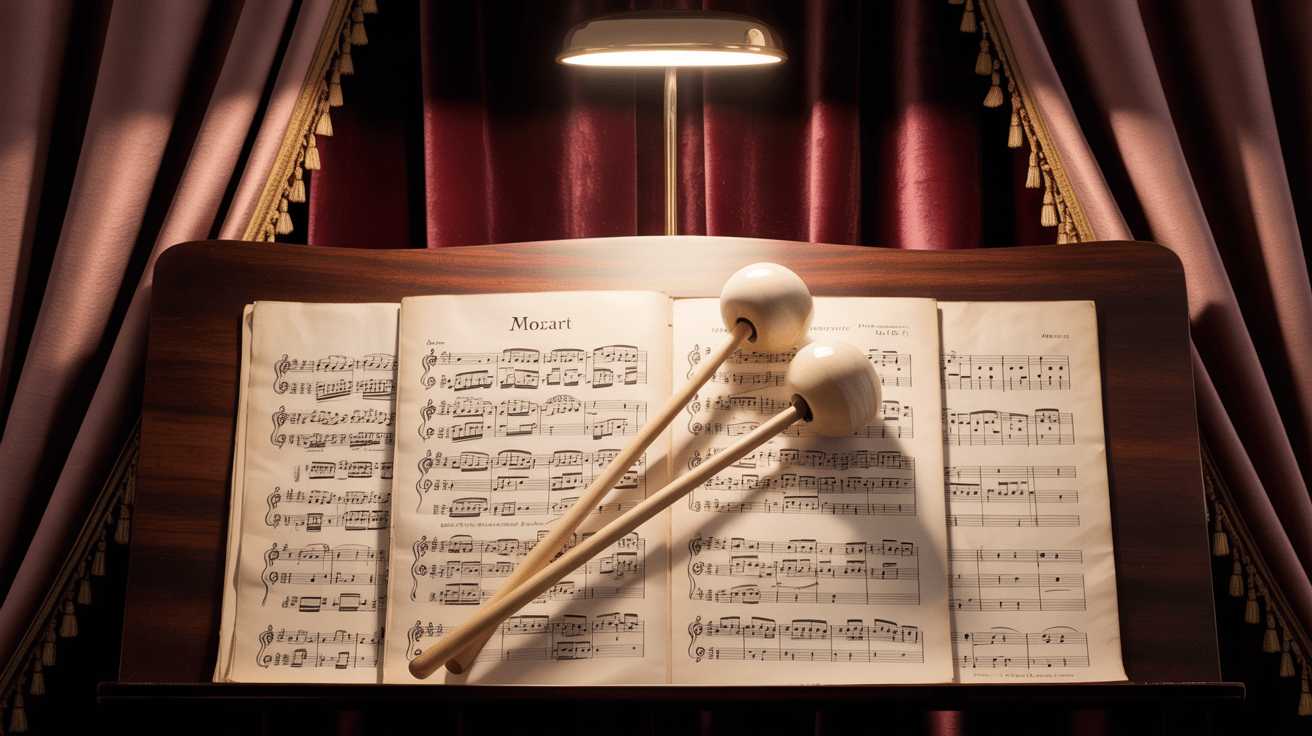 Resources for finding and practicing drum sheet music
Resources for finding and practicing drum sheet music
Fortunately, there is a wealth of resources available for drummers looking to find and practice drum sheet music. Whether you're a beginner or a seasoned pro, these resources can help you expand your repertoire and hone your skills.
One of the most readily available sources for drum sheet music is online sheet music libraries and websites. Platforms like Drumeo, Drum Channel, and Rhythm Band Instruments offer a vast collection of drum sheet music, covering a wide range of genres and difficulty levels.
Another great resource for finding and practicing drum sheet music is a drum method book. These comprehensive books often include a variety of exercises, etudes, and full drum set compositions that can be used to develop your reading and playing skills.
For drummers looking to challenge themselves with more advanced material, some resources focus on specific drumming styles or techniques. For example, you might find sheet music for jazz drumming, metal drumming, or even world music percussion.
In addition to finding sheet music, it's also important to have the right tools and equipment to support your practice. This may include a metronome, a drum practice pad, and, of course, a full drum set or electronic drums.
Remember, the key to improving your drum sheet music reading skills is consistent, deliberate practice. Set aside dedicated time each day to work on sight-reading, and don't be afraid to seek out feedback and guidance from more experienced drummers or instructors.
Embracing the Power of Drum Sheet Music
Mastering the art of reading drum sheet music is a journey that requires dedication, patience, and a deep understanding of rhythm. However, the rewards of this pursuit are immense. By unlocking the rhythmic language of the drums, you'll not only become a more versatile and skilled drummer but also open up a world of musical possibilities.
Whether you're playing in a band, performing solo, or collaborating with other musicians, the ability to read and interpret drum sheet music will serve you well. It will allow you to learn and execute new material quickly, expand your repertoire, and even engage in spontaneous musical conversations with your fellow musicians.
Moreover, learning to read drum sheet music can also enhance your overall musicality and understanding of rhythm. By delving into the nuances of time signatures, note values, and rhythmic patterns, you'll develop a deeper appreciation for the underlying structure and feel of music.
So, embrace the power of drum sheet music and embark on a journey of rhythmic discovery. With dedication, practice, and a willingness to explore, you'll unlock the secrets of the drum set and become a true master of the rhythm.
Conclusion: Mastering the Language of Drumming
Reading drum sheet music is like learning a new language. It may seem complex at first, but with practice, you'll find it to be an invaluable skill that opens up new possibilities in your drumming journey. By familiarizing yourself with the basic symbols, time signatures, and note values, you can unlock the full potential of your drumming abilities.
Whether you're aiming to play your favorite songs, join a band, or create your own beats, understanding drum notation is a crucial step toward becoming a versatile and confident drummer. So, take your time, practice regularly, and don't hesitate to revisit the basics as you progress. Remember, every great drummer started where you are now—one beat at a time.
Happy drumming!
DISCLAIMER
This document is provided for general information purposes only and should not be relied upon as providing legal advice, technical, or specific operational guidance to the reader, whether as to the practices described in the document or the applicable legal requirements and regulations. Percussion Pros expressly disclaims any responsibility for liability arising from or related to the use or misuse of any information in this document.

